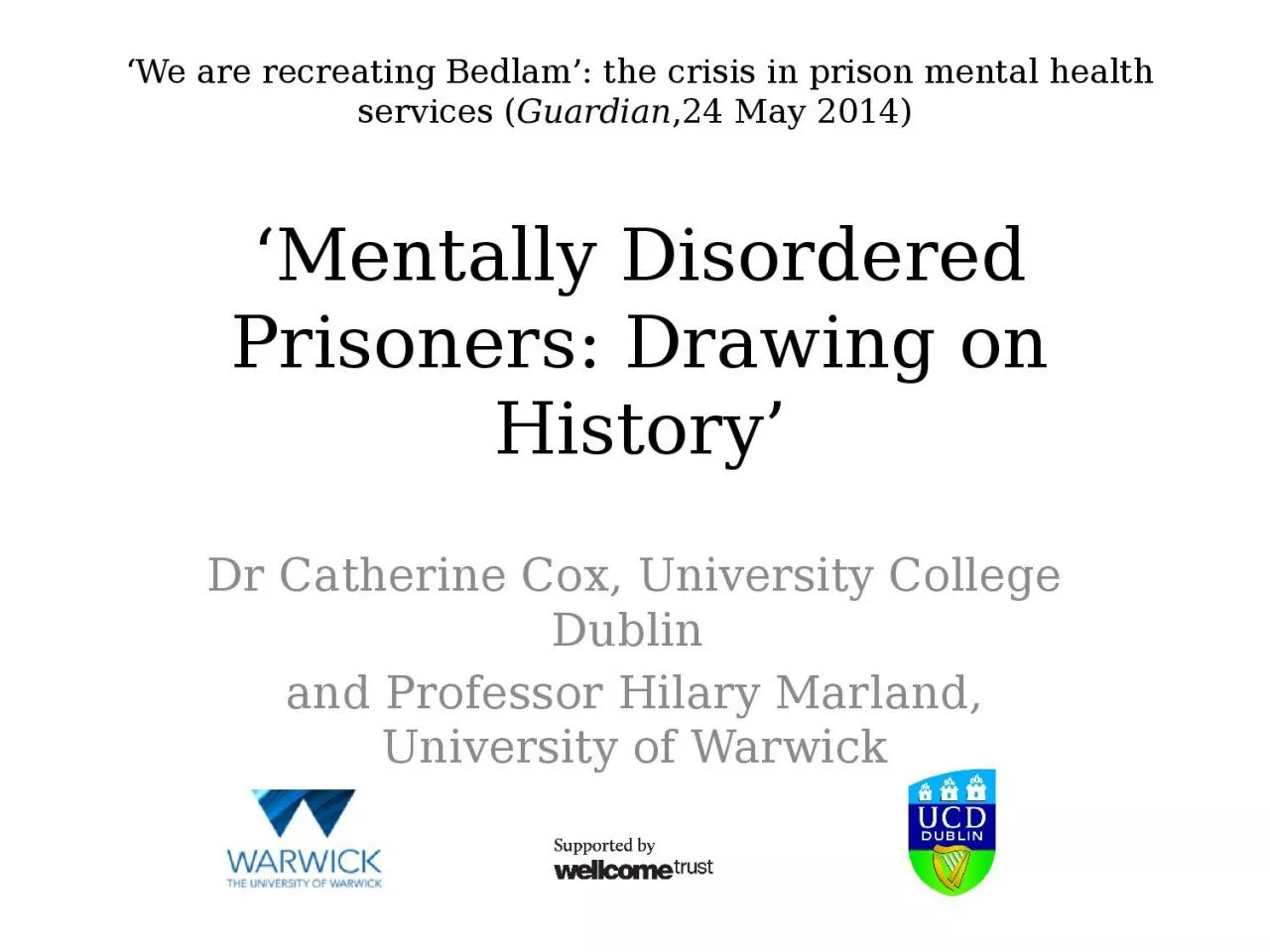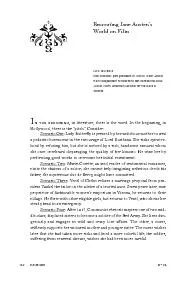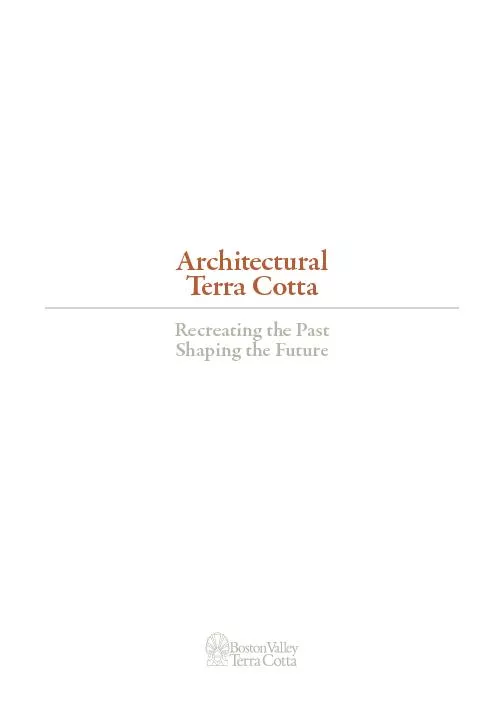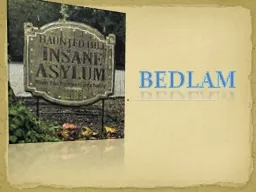PPT-‘We are recreating Bedlam’:
Author : davies | Published Date : 2024-01-13
the crisis in prison mental health services Guardian 24 May 2014 Mentally Disordered Prisoners Drawing on History Dr Catherine Cox University College Dublin
Presentation Embed Code
Download Presentation
Download Presentation The PPT/PDF document "‘We are recreating Bedlam’:" is the property of its rightful owner. Permission is granted to download and print the materials on this website for personal, non-commercial use only, and to display it on your personal computer provided you do not modify the materials and that you retain all copyright notices contained in the materials. By downloading content from our website, you accept the terms of this agreement.
‘We are recreating Bedlam’:: Transcript
Download Rules Of Document
"‘We are recreating Bedlam’:"The content belongs to its owner. You may download and print it for personal use, without modification, and keep all copyright notices. By downloading, you agree to these terms.
Related Documents














